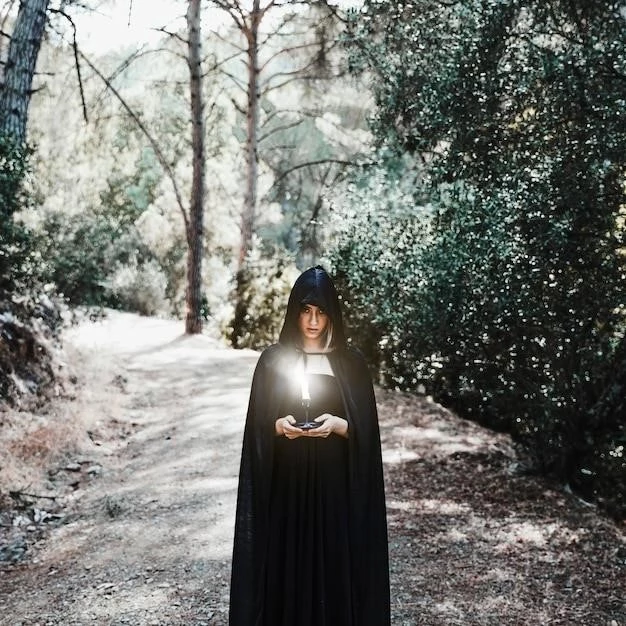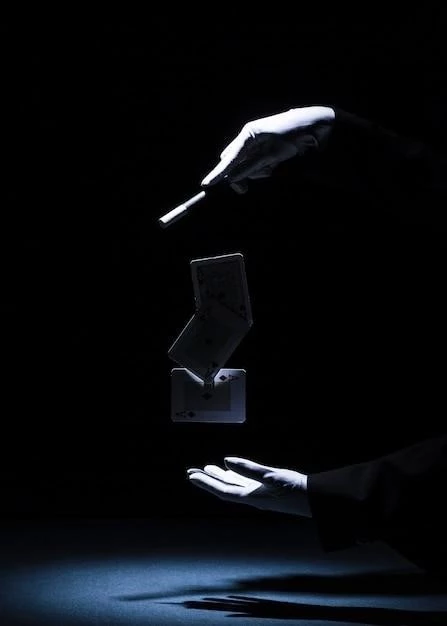As a magician, I’ve always been fascinated by the power of misdirection. It’s the art of leading your audience’s attention away from the real secret of your trick. The more effective your misdirection, the more powerful the illusion.
It’s easy to think of misdirection as just a simple trick, but it’s actually a complex psychological process. It involves understanding how people perceive information, how they process it, and how they make decisions. It’s about creating a story, a narrative that draws your audience in and leads them down a path that’s ultimately a dead end.
Here are some of the key elements of misdirection that I’ve learned through years of practice:

Creating a Story
The first step in any magic trick is to create a story. This story should be engaging and believable, and it should draw the audience’s attention away from the real secret of the trick. For example, if I’m performing a card trick, I might start by talking about how I learned to read people’s minds; This sets the stage for the trick, and it makes it more likely that the audience will be fooled by the misdirection.
Using Visual Misdirection
Visual misdirection is a common technique used in magic. It involves using your hands, your body, and your props to draw the audience’s attention away from the secret of the trick. For example, if I’m performing a card trick, I might use a series of quick movements to draw the audience’s attention to the wrong card. This will make it more likely that they won’t notice the real card being switched.
Using Auditory Misdirection
Auditory misdirection is another technique that I use. It involves using sound to draw the audience’s attention away from the secret of the trick. For example, I might use a loud clap or a sudden noise to distract the audience while I’m performing a sleight of hand trick. This will make it more likely that they won’t notice the trick being performed.
Using Psychological Misdirection
Psychological misdirection is the most powerful type of misdirection. It involves using the audience’s own perceptions and expectations to deceive them. For example, if I’m performing a card trick, I might use a series of questions to lead the audience to believe that they’ve chosen a card that they haven’t actually chosen. This will make it more likely that they won’t notice the real card being switched.

The Power of Misdirection
Misdirection is a powerful tool that can be used to create incredible illusions. When used effectively, it can make even the most ordinary magic tricks seem extraordinary. But it’s important to remember that misdirection is only as effective as the magician’s ability to control the audience’s attention. The better you are at creating a story, using visual and auditory misdirection, and playing with the audience’s expectations, the more powerful your illusions will be.










